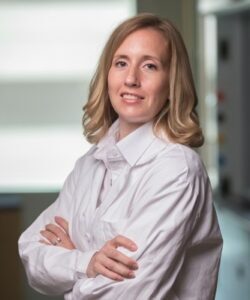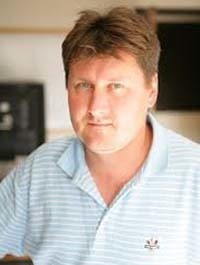Spring 2022 Faculty Research Highlights
Spring Newsletter 2022 Faculty Research Highlights:
Cynthia Reinhar t-King, Cornelius Vanderbilt Professor of Engineering, President-Elect of the Biomedical Engineering Society
t-King, Cornelius Vanderbilt Professor of Engineering, President-Elect of the Biomedical Engineering Society
Cancer is the second leading cause of death in the US, and mortality is largely caused by the spread of a primary tumor to secondary sites. The Reinhart-King Lab studies how cancer cells get from the primary tumor to distant organs throughout the body. Led by Cynthia Reinhart-King, the group is an interdisciplinary, diverse team of scientists and engineers. Using mouse models, patient samples, and engineered models systems, student researchers study how cancer cells move through tissue into the circulatory system. They use a combination of biomaterials, molecular biology, and novel microfabricated systems to understand the factors that aid in the spread of cancer. The group focuses on how cells move, the interactions between cancer cells and other cells in the tumor microenvironment, and the in-growth of blood vessels into tumors, working to identify new chemotherapeutic targets.
 Kalman Varga, Physics Professor, Director of Undergraduate Studies
Kalman Varga, Physics Professor, Director of Undergraduate Studies
Undergraduate students are very motivated because they know that the research experience greatly helps them in getting jobs and going to graduate school. Physics works with 6-8 undergraduate students every summer and most of them also do research during the semester. The goal is to create research projects that can be finished in a half a year and leads to a publication in peer-reviewed journals. The research topics are mostly related to the description of the interaction of electromagnetic fields and matter, but this is a very wide field with hierarchical levels of understanding. In the simplest case the electromagnetic field simply drives the charged particles (e.g. ionization, Coulomb explosion, high harmonic generation) and time-dependent quantum mechanical simulations can be used. If the system is larger and the electromagnetic pulses are stronger then the electromagnetic fields induced by the moving charges also have to be included and quantum mechanics has to be coupled with the Maxwell equations describing the classical electromagnetic fields (petaherz electronics in nanogaps). Finally, if the fields are even stronger than not only the electrons but the light also has to be quantized and quantum electrodynamics has to be used (quantum optics, quantum information science). The most successful undergraduate students in the last two years include David Zhang (Stanford), XJ Xue (Yale), Yuhan Gao (Columbia) and Tim Zaklama (MIT).
